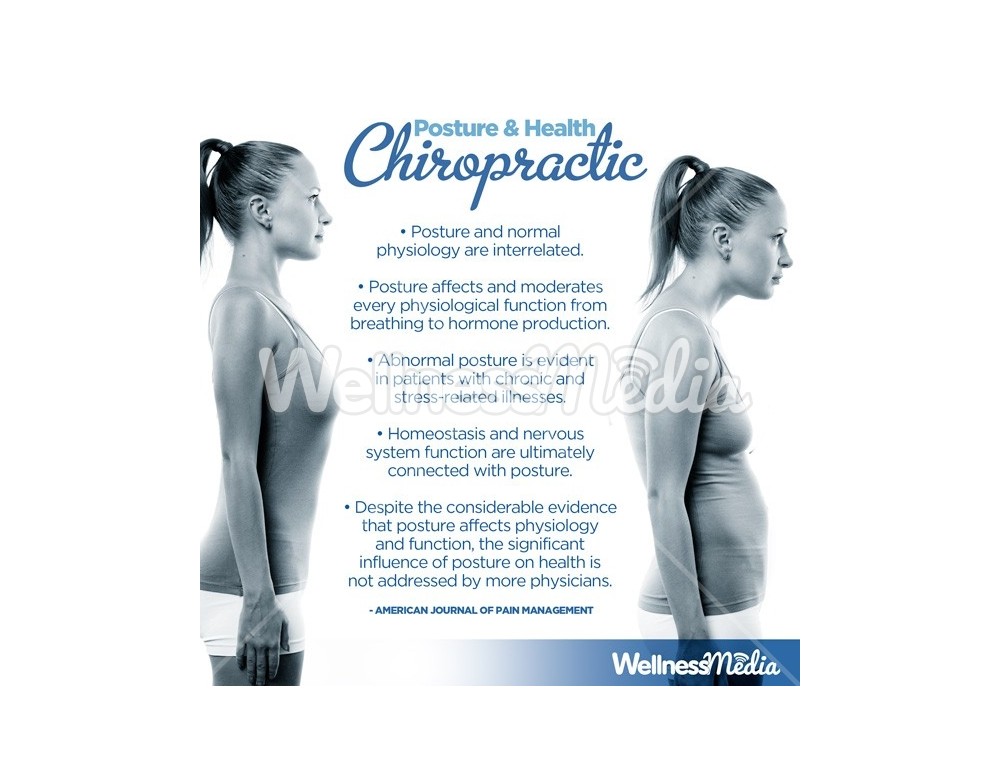Cold Laser Treatment Is Promoted For Its Discomfort Relief Advantages, But What Are The Real Realities Behind The Myths? Find Out About The Facts That Could Boost Your Healing Experience
Cold Laser Treatment Is Promoted For Its Discomfort Relief Advantages, But What Are The Real Realities Behind The Myths? Find Out About The Facts That Could Boost Your Healing Experience
Blog Article
Web Content Author-
If you've been battling with chronic pain, you may have come across cold laser treatment. It is very important to different truth from fiction before considering this treatment. Many individuals still think different myths surrounding its efficiency. Recognizing the clinical proof behind cold laser treatment can clarify its prospective advantages for discomfort management. So, what does the research really say, and just how might this therapy transform your technique to relief?
Common Myths Regarding Cold Laser Treatment
What do you truly know about cold laser therapy? You might think it's just a fad or that it's painful, but that's far from the truth.
Many believe it's just effective for minor concerns, while it can actually assist a range of problems. Some assume it's the same as conventional laser treatments, yet cold laser therapy uses low-level light and does not generate heat, making it non-invasive and pain-free.
You could likewise listen to that it's only for sure age groups, yet people of all ages can profit. Lastly, there's a myth that it's uncontrolled, when in truth, many experts comply with stringent standards.
Recognizing these misconceptions can help you make an informed decision concerning checking out cold laser treatment for your discomfort alleviation.
Scientific Proof Supporting Cold Laser Therapy
Lots of misunderstandings about cold laser therapy can cloud its effectiveness, yet an expanding body of clinical proof supports its usage for pain relief.
Researches have revealed that low-level laser therapy can decrease inflammation, advertise cells recovery, and reduce pain in conditions like joint inflammation, tendinitis, and pain in the back.
Research study released in trusted journals highlights just how cold laser treatment promotes mobile procedures, improving blood flow and speeding up recovery.
Medical trials consistently show substantial renovations in pain levels and mobility for clients undergoing this therapy.
just click the following web page might locate it guaranteeing that companies like the FDA back certain cold laser gadgets, additionally verifying their healing possibility.
As even more practitioners adopt this technology, the evidence continues to place, making it a viable alternative for pain management.
Benefits of Cold Laser Treatment for Pain Management
As you discover pain monitoring alternatives, cold laser treatment stands apart for its countless benefits.
First, it's non-invasive, suggesting you will not need to stress over surgery or lengthy healing times. This therapy boosts healing at the cellular degree, lowering swelling and discomfort efficiently. You'll likely experience quick alleviation without the side effects commonly related to medicines.
In addition, cold laser therapy promotes boosted blood flow, enhancing oxygen delivery and nutrient absorption in the afflicted area. This can bring about quicker recuperation from injuries.
nicotine addiction treatment of people report enhanced movement and function, permitting you to go back to day-to-day activities faster. In smoking cessation laser therapy , cold laser therapy offers a safe, effective alternative for managing discomfort and speeding up healing.
Final thought
To conclude, cold laser therapy isn't just a passing pattern; it's a tested, efficient option for managing pain and promoting recovery. By unmasking usual myths and highlighting clinical assistance, you can see how this non-invasive therapy can boost your movement and overall quality of life. If you're seeking a safe alternative to traditional pain relief methods, consider discovering cold laser therapy-- maybe the service you have actually been looking for.
